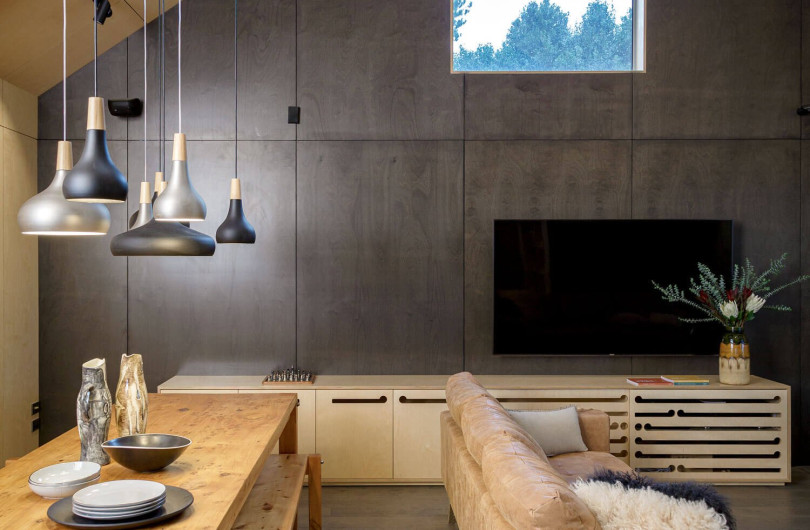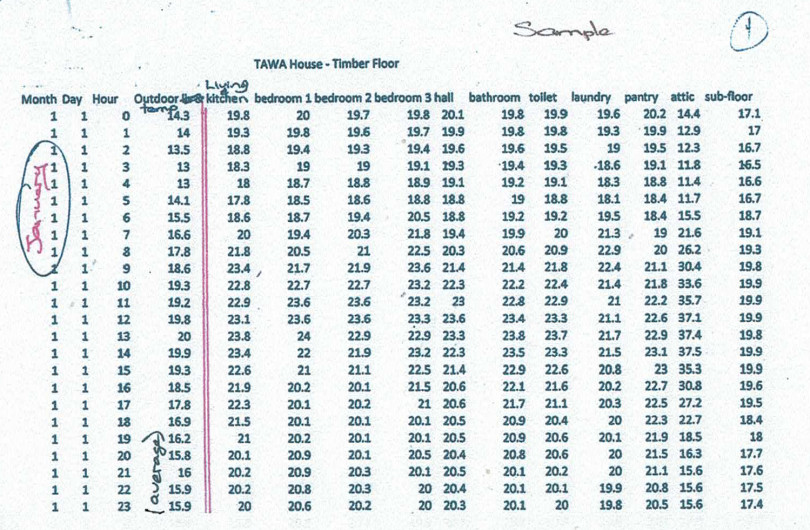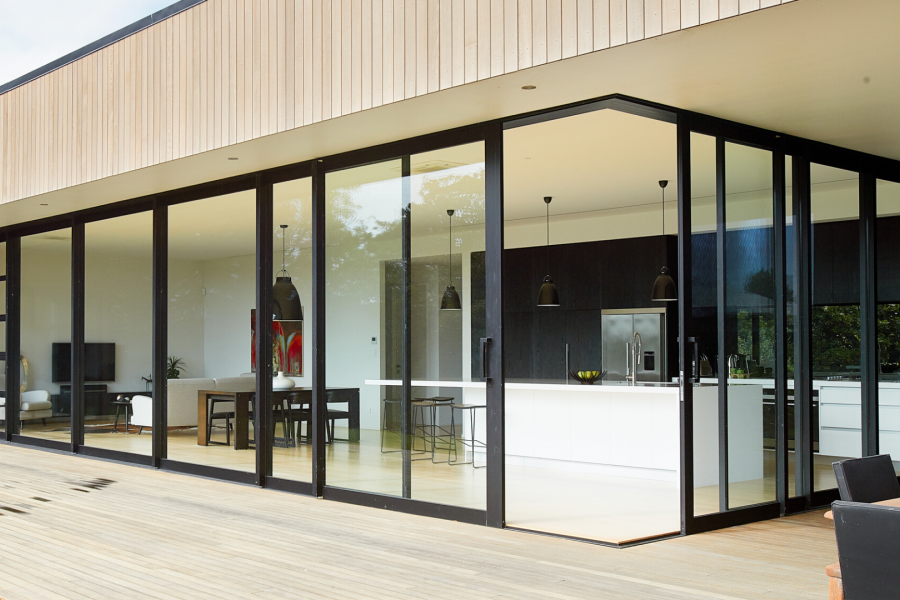Cat → Pigeons → Throw
This seems to have been the effect of the 2023 MBIE revision of the insulation standards for Aotearoa New Zealand.
It has been both puzzling and entertaining watching the reaction throughout the country over the last year. For years — even decades — architects have been saying that NZ has terribly low building standards. Now MBIE is at last doing something about this by starting to raise those standards, gradually at first and then in a big rush. However, for reasons not entirely understood, ‘our Minister’ (Chris Penk) is now talking about lowering the standards back down again, which would be a sad step backwards, on the basis of some elderly builder’s grumpy complaint that this would add multiple thousands of extra dollars in cost. We live in a truly weird political climate now, in NZ, UK, Oz, USA, where formerly accepted political orthodoxy just gets thrown out like fetid ditchwater, and where people we once called ‘experts’ or specialists in their field get overlooked or routinely ignored. Insulation is one of these subjects currently being questioned. It shouldn’t be. It’s not that hard.
Let’s recap. Not that long ago, insulation levels in NZ were stuck down at a dismally low level. Wall insulation needed to only be R1.9, roof insulation could be barely much higher, and the country was divided into just three different climate zones: Hot, Cold, and Indifferent. There was the Cold Island and the Mostly Warm Island, with anyone deciding to live near a central plateau volcano also copping the Cold sticker. After much persuasion, MBIE decided to redivide the country into six different divisions, with not entirely logical divisions — for instance, Lower Hutt has been placed in a completely different climate zone than Upper Hutt, despite only being a few minutes up the road in the same valley, sharing the same weather. Tauranga and Whakatāne are in the same Zone One temperature as Northland, while the neighbouring Rotorua is in Zone Four, joining Westland, Greymouth, Buller, and the Wairarapa? Huh? Did logic leave the room at the same time the baby left the bathwater?
In 2023 the boffins at MBIE decided that roof insulation would need to rise to R6.6 everywhere. Did I get that right? We divide the country into six different climate zones and then give them all the same roof insulation target? Does that make sense to you? Meanwhile, walls were OK to stay at about R2, well below the levels of England, Wales and Ireland. Then we get the news from BRANZ that they are concerned that with the rise of tiny two-storey townhouses, and that their research indicates that they may be over-heating. And yes they are — but that’s not a good reason to go back to our previous appalling insulating standards. It is, however, a good reason to make sure that in future we design better townhouses.
Two things for us all to do. Design better windows and design better roofs.
By better windows I mean that, in my humble opinion, the current practice of installing mainly awning windows (ie top hung) should be phased out, pronto. Awning windows are terrible at bringing fresh air into the house, especially on the ground floor. There is almost zero breeze coming in through those, especially when fitted with window restrictor stays, as I found out to my eternal dismay when I recently stayed in Hawkes Bay during a small heatwave. I was nearly boiled alive. Sliding windows, interestingly, are often also relatively poor performers — the breeze skates past the open window. Instead, installing casement windows (ie side hung) in pairs should be adopted, so that by opening one or the other, the breeze can be caught from either direction. Even better when the width restrictors are removed!
The real key to room ventilation though is the most imperative action: place windows on at least two different sides of the room. One study in Brisbane high-rises recorded seven times more ventilation in a room with opening windows on two sides. Fresh air is easy to gather if you let it push its way through, but for this to work you simply HAVE to have one way for air to come in, with a completely separate way for air to come out again. Yes, that is tricky when you have a row of townhouses, but the great thing is that this can be resolved easily by pulling part of the façade back and creating a space for an external balcony. This wins on two fronts, as by providing the balcony and opening a window or door onto it from the side, you gain both valuable semi-private outdoor space as well as drastically improve the airflow.
Better roofs take a little more hard work, but should not be abandoned at the first hurdle as the Minister is proposing. The thing that we need to do there is to change the way we construct our roofs, leaving the cold roof behind and adopting the warm roof as an industry standard best practice. R6.6 can be achieved in a warm roof but this means turning our thinking on its head and turning our roof design upside down.
The best guide I have found to this is Nuralite Flat Roof Design Guide V2. The first version of this Guide was great, but the Guide V2 is simply superb and contains a wealth of great information that rivals that of our Medium guide published by EBOSS back in 2022.
Written by one of our talented Victoria University graduates, Joseph Nicholls, the Flat Roof Design Guide V2 is a great resource for understanding warm roofs as well as flat roofs, roof decks vs green roofs and brown roofs. The Nuralite guide notes that a warm roof does not just offer watertightness as a cold roof does, but also offers airtightness, insulation, vapour control, and a barrier against unwanted thermal bridges, as well as lower costs over the building lifetime.
Using a warm roof system involves installing the insulation on the outside of the roof structure, usually covered with a membrane roof system as the final external waterproofing layer. There are many different options for the type of membrane that can be used, from PVC, TPO, EPDM, Modified Bitumen, or Butyl rubber solutions like Nuralite 3PM double layered membranes. Insulation can be PIR or mineral-based RockWool, depending on the situation. Plan your warm roof right from day one of the Developed Design phase, don’t leave it till later.
Read the Guide first, from cover to cover, and then go to your standard set of roof details and throw them all away. Start over again with a fresh mindset and some fresh new details for the new year. The only thing getting through this warm roof will be Santa herself — the reindeer will be kept at bay outside in the cold. Have a great Christmas!
Medium Quick-Fire Quiz — Be in to Win!
This month's Medium Quick-Fire Quiz is sponsored by Nuralite. Simply answer our questions to enter the draw to win a bottle of champagne & a $100 Prezzy Card voucher. Entries close 5pm Wednesday 4 December 2024.




























 Most Popular
Most Popular Popular Products
Popular Products


